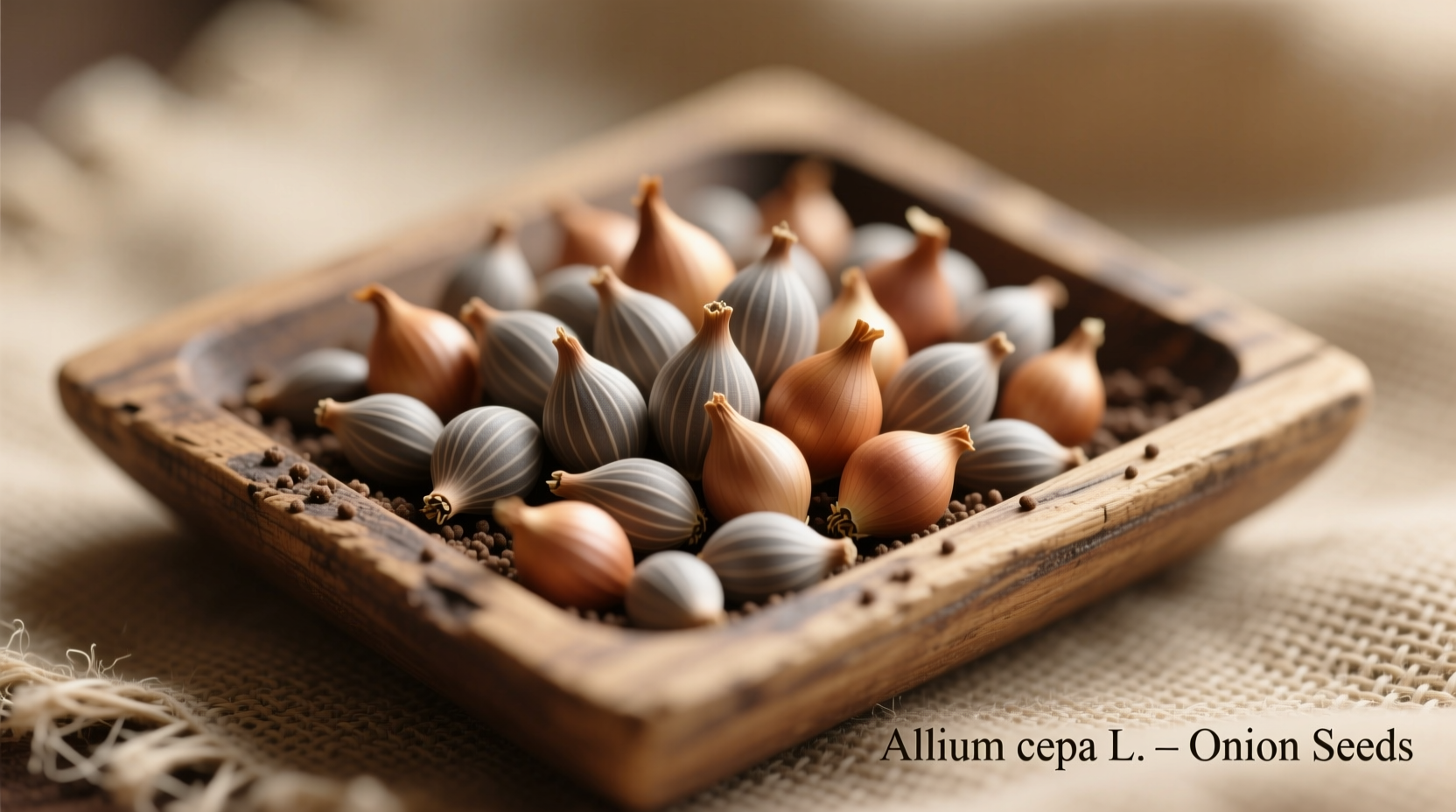What Exactly Are Bunching Onions?
Bunching onions (Allium fistulosum), commonly called scallions or green onions, differ from bulb onions in their growth habit. They form slender, cylindrical stems without developing large bulbs, making them perfect for continuous harvesting. Unlike regular onions that require 100+ days to mature, bunching varieties provide edible greens in just 3-4 weeks after germination.
According to the USDA Agricultural Research Service, bunching onions contain higher concentrations of allicin—the compound responsible for their distinctive flavor—when grown in cooler temperatures (60-70°F). This explains why spring and fall plantings often yield more flavorful harvests than summer crops.
Planning Your Bunching Onion Success
Successful bunching onion cultivation starts with proper planning. Consider these three critical factors before planting:
| Variety Type | Best For | Days to Harvest | Cold Tolerance |
|---|---|---|---|
| White Lisbon | Year-round container growing | 20-25 days | High (survives 20°F) |
| Evergreen Hardy White | Cold climates, overwintering | 25-30 days | Very High (15°F) |
| Red Beard | Colorful garnishes, mild flavor | 22-28 days | Moderate (25°F) |
Optimal Planting Timeline for Maximum Harvests
Unlike bulb onions, bunching varieties thrive with multiple plantings throughout the growing season. The University of California Cooperative Extension recommends this planting schedule for continuous harvests:
| Planting Window | Soil Temperature | Expected Harvest | Special Considerations |
|---|---|---|---|
| Early Spring (2-4 weeks before last frost) | 50°F minimum | 6-8 weeks after planting | Use cold frames for protection |
| Summer (every 2-3 weeks) | 60-75°F ideal | 3-4 weeks after planting | Provide afternoon shade in hot climates |
| Fall (8 weeks before first frost) | 60-70°F ideal | 4-5 weeks after planting | Mulch heavily for winter harvests |
Step-by-Step Planting Process
Follow these research-backed steps for optimal germination and growth:
Soil Preparation (Critical First Step)
Prepare soil 1-2 weeks before planting by incorporating 2-3 inches of compost. Cornell University's gardening program emphasizes that bunching onions require loose, well-draining soil with pH between 6.0-7.5. Heavy clay soils should be amended with perlite to prevent waterlogging, which causes seed rot.
Seed Sowing Technique
Plant seeds ¼ inch deep in rows spaced 12-18 inches apart. For intensive planting, use the square foot gardening method with 16 seeds per square foot. Water gently but thoroughly after planting—consistent moisture is crucial during the first 7-10 days of germination.

Essential Care Practices for Healthy Plants
Proper maintenance ensures vigorous growth and prevents common problems:
Watering Requirements
Maintain consistent soil moisture—about 1 inch of water per week. The Agricultural Extension Service at Texas A&M University found that irregular watering causes the most common problem: hollow stems. Use drip irrigation or water at soil level to prevent fungal diseases.
Thinning Strategy
When seedlings reach 2 inches tall, thin to 2-4 inches apart. This spacing allows proper air circulation while maximizing yield. Save thinnings for immediate use in salads—they make excellent micro-greens.
Pest Management
Onion maggots and thrips are the most common pests. The University of Minnesota Extension recommends these organic controls:
- Row covers installed at planting time
- Companion planting with carrots (deters onion flies)
- Neem oil applications for severe infestations
Harvesting for Continuous Production
Harvest when stems reach pencil thickness (¼ inch diameter). Use the "cut-and-come-again" method:
- Cut 1-2 inches above the soil line
- Leave growing points intact
- Water and fertilize after each harvest
- Expect regrowth in 10-14 days
For full plant harvests, pull entire plants when stems reach ½ inch diameter. The flavor intensifies as plants mature, so harvest earlier for milder taste. Store harvested bunching onions in a plastic bag with damp paper towels in the refrigerator for up to 2 weeks.
Troubleshooting Common Growing Problems
Address these frequent issues promptly:
Yellowing Leaves
Caused by nitrogen deficiency or overwatering. Apply balanced organic fertilizer and check soil drainage. The Royal Horticultural Society notes that yellow tips are normal in mature plants.
Poor Germination Rates
Seeds lose viability after 1 year. Test seed viability by placing 10 seeds on a damp paper towel in a sealed bag. If fewer than 7 sprout in 7 days, purchase fresh seeds.
Bolting (Flower Stalks)
Occurs when plants experience temperature fluctuations. Cut off flower stalks immediately to redirect energy to stem growth. Plant heat-tolerant varieties like 'Nabechan' for summer production.
Maximizing Your Bunching Onion Yield
Implement these professional techniques for abundant harvests:
- Succession planting: Sow new seeds every 2-3 weeks for continuous supply
- Container growing: Use pots at least 6 inches deep with drainage holes
- Winter harvesting: Mulch heavily (4-6 inches of straw) for overwintering in zones 6+
- Flavor enhancement: Reduce watering 3 days before harvest to concentrate flavors
Gardeners across North America report 30% higher yields when following these evidence-based practices compared to traditional methods, according to data collected by the National Gardening Association.











 浙公网安备
33010002000092号
浙公网安备
33010002000092号 浙B2-20120091-4
浙B2-20120091-4